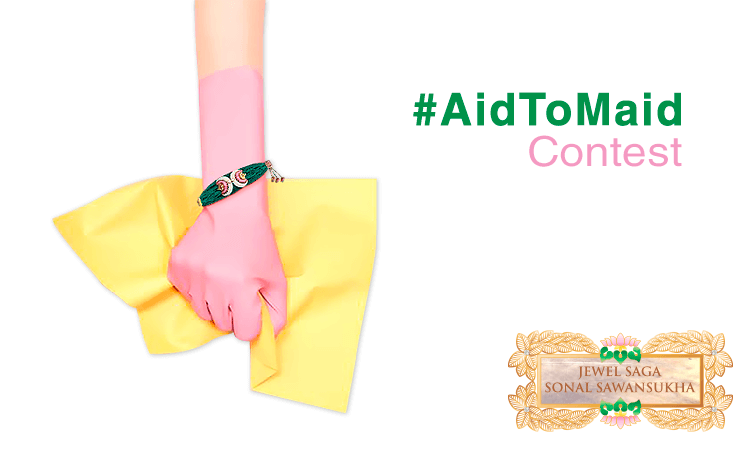List Of Women Prodigies Of Science In 2015
- IWB Post
- December 29, 2015

2015 brought out its sliver of inventions. What’s more? They were actually kind of cool! Some of these were the brain-child of women around the world. The designs include smart robots and even gene editing technologies.
Here are the women who made it all happen!
Stefanie Tellex
Baxter, the robot had caught quite some attention this year. The robot learned to pick up unfamiliar objects and navigate unfamiliar environments through some cameras and infrared sensors. It takes many hours, and sometimes several attempts to get to a conclusion.
Stefanie’s aim to create such a robot was “to construct robots that seamlessly use natural language to communicate with humans”.
“In twenty years, every home will have a personal robot that can perform tasks like clearing the dinner table, doing laundry and preparing dinner,” she told WIRED. “But to achieve this aim, it is essential for robots to move beyond merely interacting with people and toward collaboration.”
“As these machines become more powerful and more autonomous, it is critical to develop methods for enabling people to tell them what to do. I’m creating methods for enabling a robot to learn to perceive and manipulate the objects in its environment that are most important to its human collaborator”.
Melissa Little
Here’s an invention that can save many lives in the coming years. Little, who is the head of the Kidney Research Laboratory in Melbourne, was responsible this year to create growth of mini-kidneys from stem cells. Unlike the previous attempts, these kidneys, form all cell types found in the human kidney and performed both fluid balance and blood filtering.
The kidneys are not yet ready for human transplantation, but they will be used as a vital part of growing human organs in a lab.
“The mini kidney is very complex and more like the real organ than ever before,” said Little. “It’s important for drug testing, and also opens the door for cell therapy and bioengineering of replacement kidneys. One day this may mean new treatments for patients with kidney failure”.
Jennifer Doudna
We’ve heard movie editing and photo editing, but this is an entirely new concept. CRISPR or Clustered Regularly Interspaced Short Palindromic Repeats have been dominating headlines this year. The gene editing technology has been described by many as a game changer!
So far, CRISPR has prevented HIV in human cells, reversed mutations that cause blindness, stop cancer cells from multiplying and more. The technique isn’t just used in humans, either — bioengineers can use CRISPR to alter plant matter, and agronomists can protect crops from viruses.
Maria Pereira
Congenital heart defects in children are incredibly common; congenital defects are the number one birth defect in the UK, affecting around 8 in 1,000 births. Because children’s hearts are so small, suturing tissue can be incredibly dangerous, and it can be hard to prevent further damage to already weak hearts.
This is where Maria Pereira stepped in. Head of Research at Gecko Biomedical, Pereira wanted to develop an adhesive that would replace stitches but would be able to survive the harsh environment of the heart and would be far less intrusive than traditional heart surgery.
The glue created fulfils all of these criteria; biodegradable, “biocompatible” and elastic, it’s also as soft and dynamic as human tissue, so can withstand the wear and tear of the body. The glue only adheres when a UV light is shone on it, meaning that surgeons have complete control over surgery to patch holes in the heart, and is expected to be in widespread use by early 2017.
Source – Women in Science (Wired)
- 0
- 0













